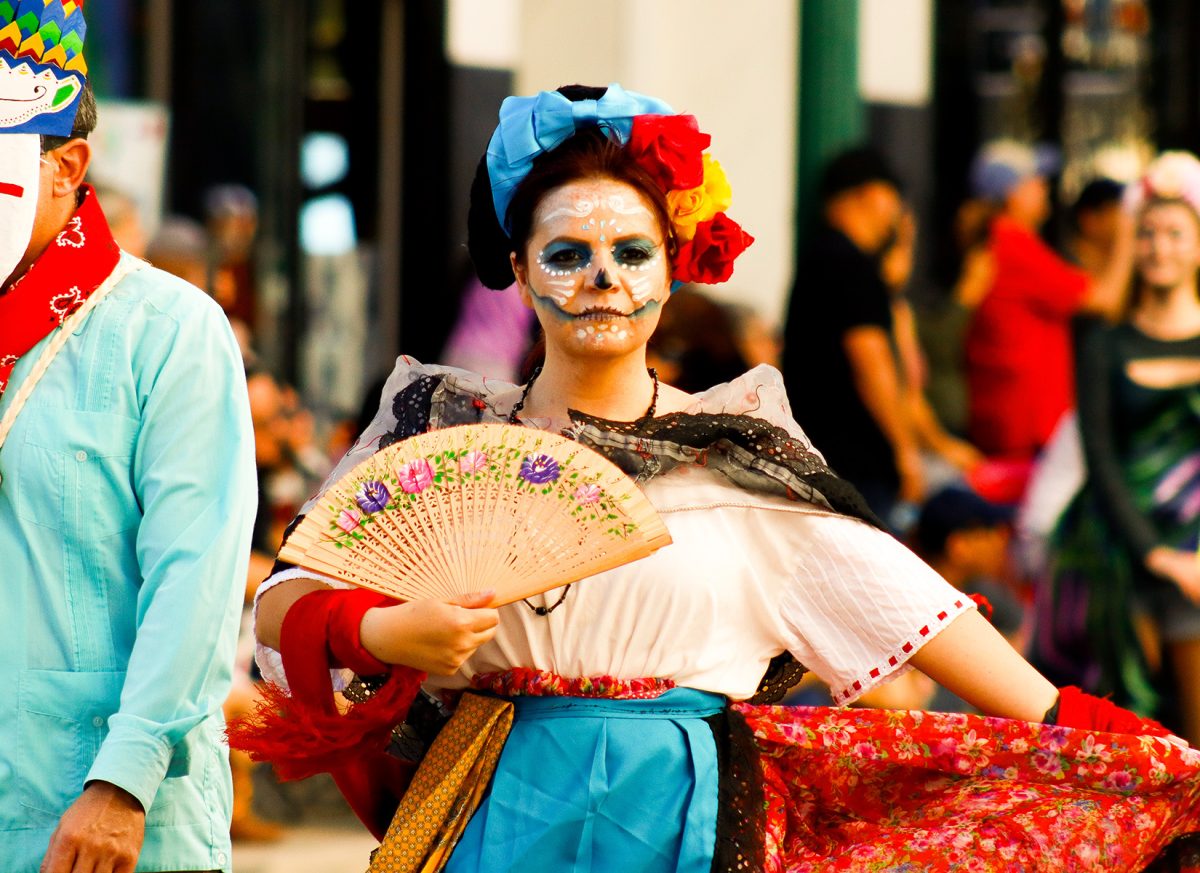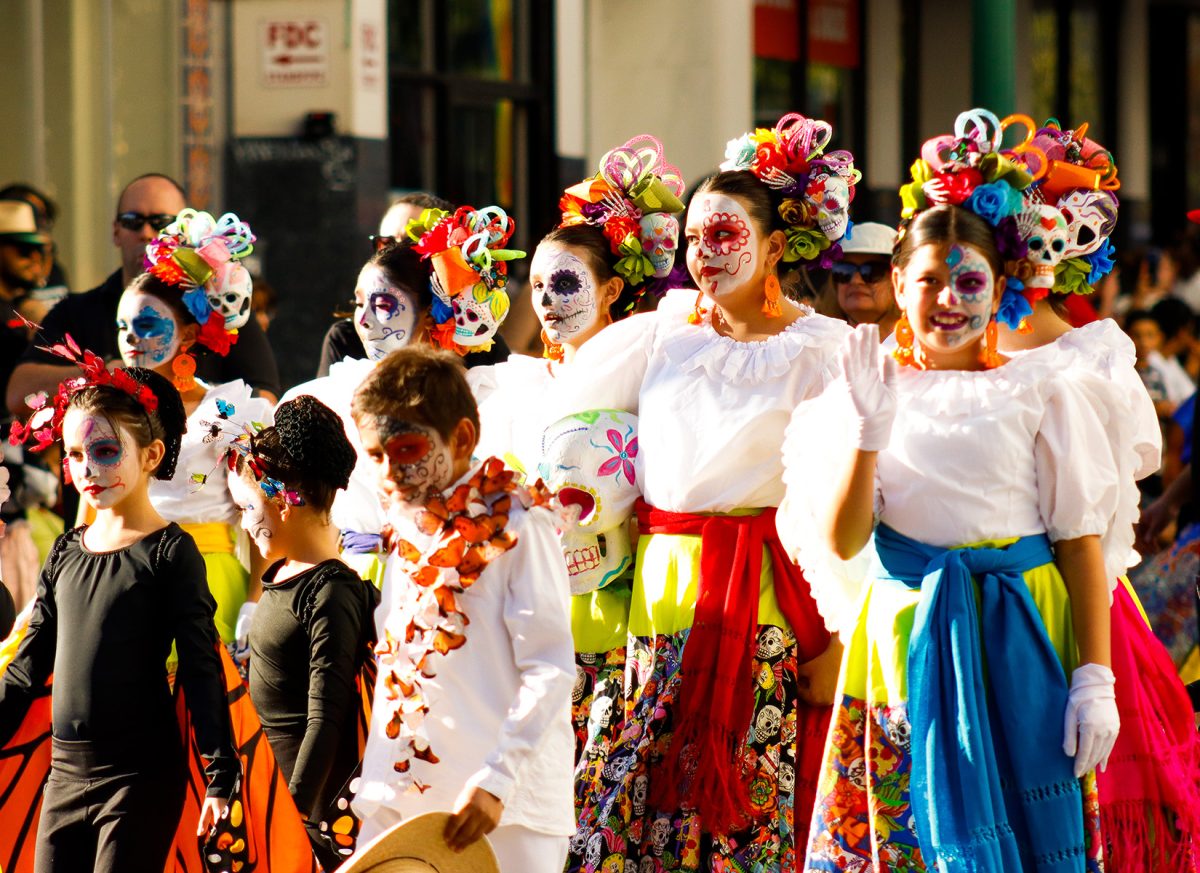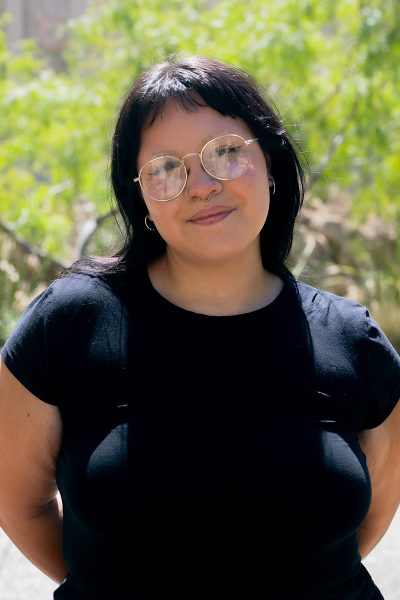As leaves turn yellow and the air gets colder, the ovens of many Mexicans get warmer and full of pan de muerto. Every Nov. 2 many people of Mexican descent celebrate and remember the lives of their lost ones, whether their pets, friends, lovers or family members.
The streets are full of yellow, red and orange flowers, and everyone walks around dressed as a Catrin or Catrina, the God and Goddess of the underworld. Some homes set up altars with pictures of their deceased loved ones and surround them with their favorite food and flowers. Cemeteries are full of life at night as everyone gathers to celebrate the life of those who have passed this realm while waiting for them to come back in the form of spirits to enjoy their altars.
Students at UTEP have different ways of preparing for and celebrating this tradition, many celebrate it the original way, while others have added a little something to make it feel more personal.
Ashley Campos and her family are one of the many families that celebrate in a traditional way.
“My family usually makes an altar, ever since I was younger my mom would ask me who I wanted to put up there,” Campos said. “I had the freedom to put whoever I wanted and how(ever) many people I wanted which I think was cute.”
Campos and her family have also added their own little twist to the tradition.
“The way we celebrate is more traditional, but sometimes we do put a modern twist to it by adding celebrities to our altar and we use the day to party rather than mourn,” Campos said.
While some students go all out, some decide to celebrate by getting in touch with their grief and love. Paola Garcia is one of the students who decided to tap into their emotions and celebrate this event more spiritually.
“I don’t really prepare for this day, I simply celebrate it by being more aware of the people I have lost and how much I miss them, I also celebrate by eating pan muerto,” Garcia said.
This kind of celebration is a more modern and spiritual celebration, many students around UTEP are away from their homes and traditions but that does not stop them from connecting to their roots in other meaningful ways.
“I think I celebrate in a more modern way because the traditional way would be to prepare an altar and honor our ancestors in a deeper and, in my opinion, more meaningful way,”
Garcia said.
As students move further into the future, their traditions change and grow with them. Whether they practice in a traditional or modern way the intention of celebrating life in death stays in many students’ hearts.
Dia de los Muertos is not a day to be sad, it is a day of celebration. A day which one can celebrate their grief and love for the dead and a day to remember the beauty in death.
Venus Urquiza is a contributor at The Prospector and can be reached at [email protected]










